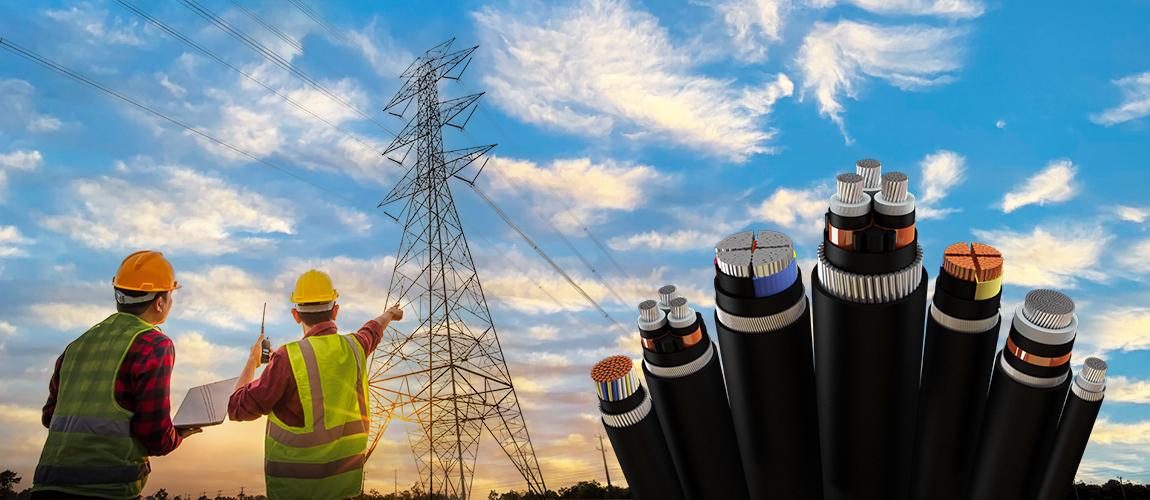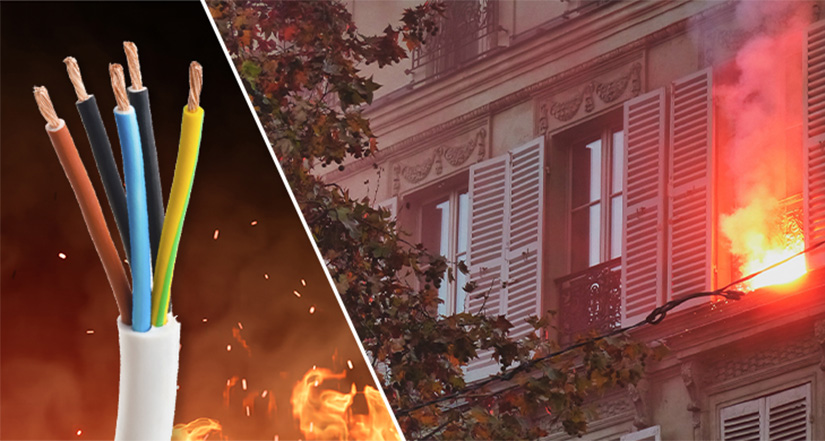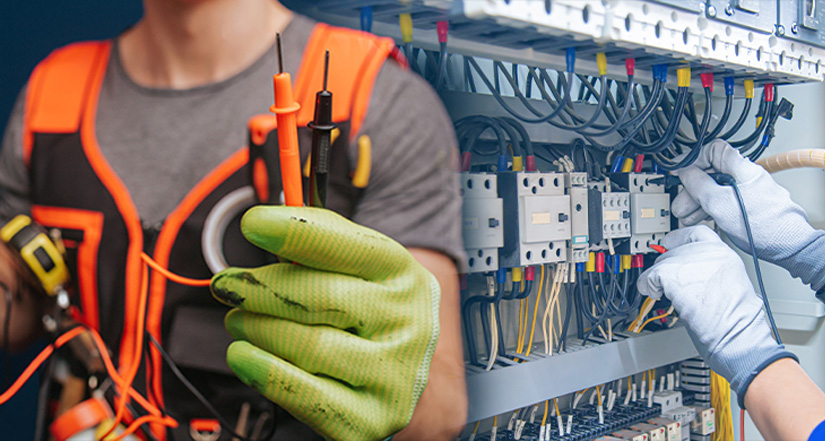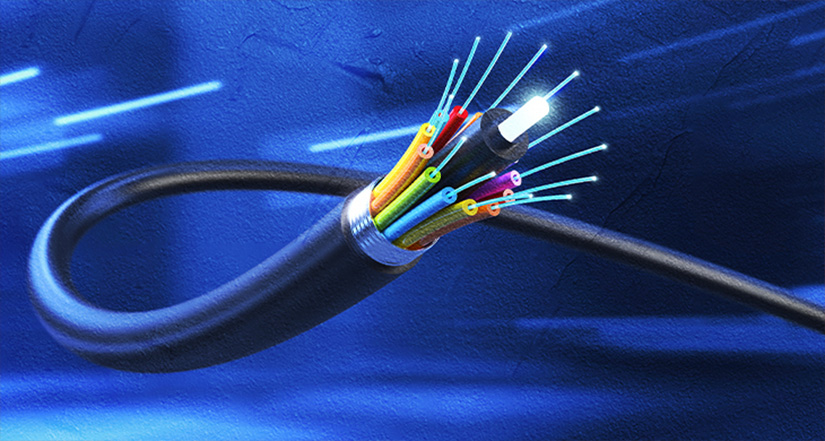
Importance of Standardizing Electrical Wires and Cables
Today’s world depends upon electricity, and the flow or transmission of electricity requires cables as its medium. Thus, cables are the backbone of the electricity distribution network. And it is essential to ensure their quality and reliability.
Wires and cable manufacturers need to comply with specific standards for the safe performance of their products. These standards specify cable design, construction, testing, and performance.
Various organizations involved in developing these standards- include IEC, IEEE, and ANSI. Cable standards also provide a common language and a framework for communication between manufacturers, designers, and users of cables.
Rising Concern on Usage of Substandard Electrical Wires and Cables

There is a rising concern about substandard electrical wires and cable usage, usually by real estate developers. Mishaps due to electrocution have increased since last decade, causing fire broke-out, fatalities, and property loss.
In general, aluminum and copper contribute to more than 70% of the total cost of a cable. The last few years have observed a drastic increase in the prices of aluminum and copper. It has added to the supply of substandard- wires and cables in the market. Cable manufacturers tend to cut overall input costs and use lesser copper and aluminum or impure or recycled copper or aluminum to make the conductor.
Cable standards specify the maximum conductor resistance. Reducing the amount of aluminum or copper conductors, using a lesser diameter of wires or impure raw materials, does not meet the specified resistance. Substandard cables have an adverse effect, excessive power consumption, and other functional performance. And it is difficult to identify such serious-defects during the cable purchase or installation.
Importance of Using Standard Electrical Products

Different factors determine the quality and reliability of wires and cables. Some of the included factors are insulators, conductors, and wire gauges. Standardization of wires and cables defines the features available in them and ensures their quality, consistency, and reliability. The reasons underlying the significance of wires and cable standardization are as follows.
 Safe Operations
Safe Operations
Standardization of wires and cables makes wires and cables suitable for various industrial and environmental conditions. Cables with appropriate fire resistance, temperature resistance, and insulation properties prevent them from catastrophically failing to operate in hazardous conditions.
It requires arduous testing of cable design to validate their safety and performance in various operating and installation conditions.
 Reduction in Expenses
Reduction in Expenses
If wires and cables are not standardized or fail to meet industry standards, there is a demand to conduct various-quality testing and inspection frequently. It helps meet unique feature combinations and design aspects, making the product more expensive.
Cable standardization encourages functionally equivalent electrical components, bringing better results across the economy and improved safety.
 Good Conductor
Good Conductor
Adherence to set standards compels manufacturing companies to use quality raw materials in their products. It helps them form manufacturing policies and guidelines to maintain quality. Quality raw materials usage will enable the wires and cables to conduct electricity at a high rate because of low resistance. Electrical conductors should conduct electricity at high, medium, and even low voltages.
 Accident Prevention
Accident Prevention
Cable standards refer to regulations and codes that ensure safety and performance requirement compliance. These quality standards help prevent mishaps and horrible accidents due to poor cable quality.
 Quality Control
Quality Control
Cable standards have a framework for quality control, testing, and certification. Quality assurance plans specify relevant test methods as the standard, and an end-user may use standards for cable procurement and quote international standards in their requirement. International standards often give the minimum and maximum tolerance levels.
 Compatibility
Compatibility
Standardization of cables ensures that different cables are compatible with each other and the connected equipment. Compatibility check prevents equipment damage and ensures reliable operation.
Electrical Wires and Cables Reference Standards
Cables standards get developed by industry organizations, government agencies, and other standardization bodies. It ensures cables meet certain specifications for safety, reliability, and interoperability.
Here are some cable reference standards.
International Electrotechnical Commission (IEC)
IEC is an international organization that develops standards for electrical and electronic devices, including cables. IEC sets the cable-standard design, construction, and testing and ensures they meet performance and safety requirements. Some IEC cable standards are
National Electrical Code (NEC)
NEC/NFPA70 is a set of standards developed by the National Fire Protection Association, outlining the requirements for electrical wiring and installations. The standard specifies the cable types, sizes, and installation methods to ensure they meet required safety standards.
NEC consists of twenty code panels and a technical-correlating committee. The American National Standards Institute approves the NEC as an American national standard and gets identified as ANSI/NFPA 70.
NEC consists of four parts- An introduction, nine chapters, annexes A to J, and the index.

The introduction gives general information, purpose, scope, enforcement, and rules or information.

Chapter 1 to 4 includes definition and rules for installation, circuits and circuit protection, methods and materials for wiring, and general-purpose equipment.

Chapters 5 to 7 deal with special occupancies, special equipment, and condition.

Chapter 8 specifies additional requirements for the communication system, and Chapter 9 composes tables related to conductors, cable, and conduit properties.

Annexure A-J refers to standards, calculations, examples, etc.
Institute of Electrical and Electronics Engineers (IEEE)
IEEE is a professional organization that develops standards for electrical and electronic devices, including cables. The standard covers a wide range of cable types, including power cables, data cables, and communication cables. It includes specifications for design, construction, and performance.

IEEE 1143-1994 provides a guide on shielding practice for low-voltage cables.

IEEE 1202-1901 includes flame testing of cables for use in cable trays in industrial and commercial occupancies.

IEEE 1235-2000 lists properties of identifiable jackets for underground power cables and ducts.

IEEE 635-1989 guides for the selection and design of aluminum sheaths for power cables.
Underwriters Laboratories
UL is a global certification company that tests and certifies products, including cables, to ensure safety standards. UL standards include cable materials, construction, performance requirement, cable testing methods, and certification procedures.

UL13 states the standard for power-limited circuit cable

UL44 includes standard for rubber-insulated wires and cables

UL83 include standard for thermoplastic insulated wires and cables

UL62 guides standard for flexible cord and fixture wire
Gloster Cables-A Quality Focussed and Standardized Wires and Cables Provider

Gloster Cables is a well-known and reputed name in the wires and cables field. The electrical products manufactured by Gloster follow various international and national standards, including IEC, IEEE, NEC, and UL, to ensure optimum safety, reliability, and quality. Gloster’s stringent quality control process for different electrical products ensures their best performance and functionality in specific working conditions.
CONTACT US